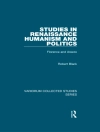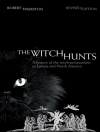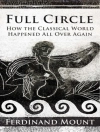This popular history explores the cultural heritage and identity of Lancashire, stretching from the Mersey to the Lake District. Paul Salveson charts the county’s transformation from a largely agricultural region noted for its religious learning into the Industrial Revolution’s powerhouse, as an emerging self-confident bourgeoisie drove economic growth. This capital boom came with a cultural blossoming, creating today’s Lancashire.
Industrialists strongly committed to the arts endowed galleries and museums, producing a diverse world of science, technology, music and literature. Lancashire developed a distinct business culture, but this was also the birthplace of the world co-operative movement, and the heart of democracy campaigns including Chartism and women’s suffrage. Lancashire has generally welcomed incomers, who have long helped to inform its distinctive identity: fourteenth-century Flemish weavers; nineteenth-century Irish immigrants and Jewish refugees; and, more recently, ‘New Lancastrians’ from Asia, Africa and Eastern Europe.
This long-overdue book explores contemporary Lancastrian culture, following modern upheavals and Lancashire’s fragmentation compared with its old rival Yorkshire. What future awaits the 6 million people of this rich historic region?
O autorze
Paul Salveson Ph D, MBE is Visiting Professor at the Universities of Bolton and Huddersfield. His academic career focussed on Lancashire dialect and literature; he later pioneered community railway projects across the UK. His books include With Walt Whitman in Bolton and Northern Rail Heritage. He divides his time between Bolton and Grange-over-Sands.












